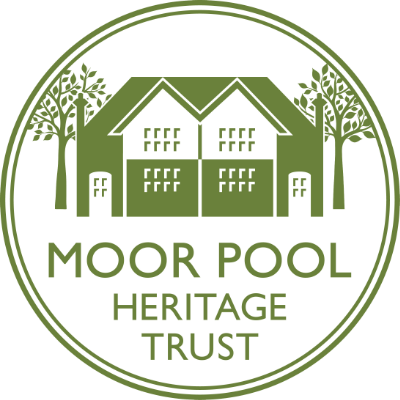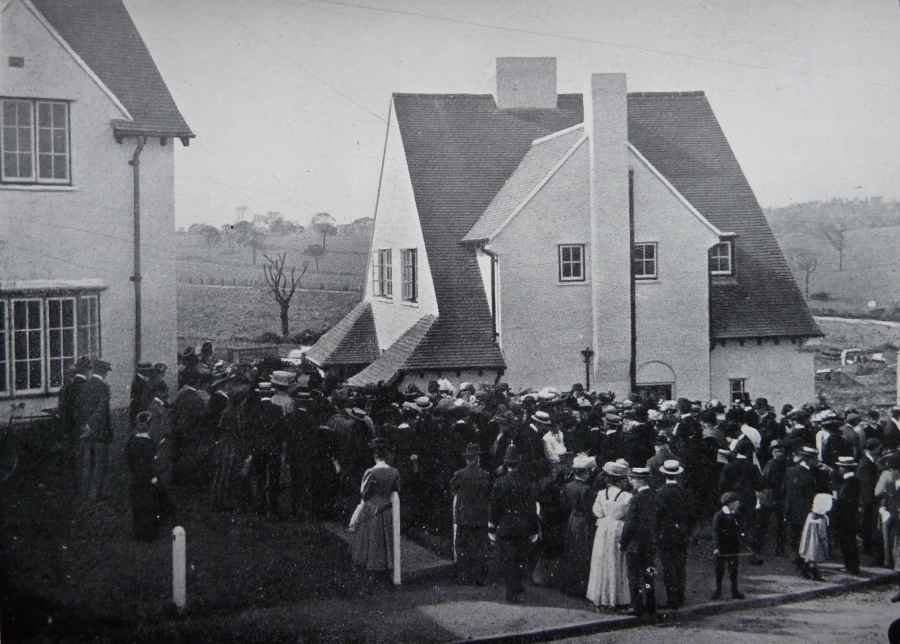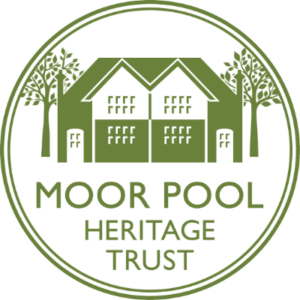Join us for a fascinating heritage talk from writer and journalist, Andrew Bibby entitled ‘To make life more joyous: John Nettlefold and the Harborne Tenants’ place in the story of early co-operative housing in Britain’.
The years before the First World War saw the development of a widespread housing movement in Britain which delivered homes at affordable rents through co-operative and community endeavour.
From Cornwall to central Scotland, Suffolk to South Wales, working-class tenants moved into their newly constructed homes and began to create communities. As Birmingham housing reformer John Nettlefold put it in 1914, tenants might not be able to own their individual houses but they could nevertheless say that, collectively, ‘these houses are ours’.
Many of the estates adopted ‘garden village’ principles as a radical alternative to conventional urban streets of high-density housing. Community meeting rooms, allotments, sports facilities and children’s playgrounds were frequently included.
As Andrew Bibby points out in his richly researched book, this almost forgotten history mirrors uncannily current interest in bottom-up community-led efforts to meet housing need. As we face a housing crisis once again in Britain, and with council housing no longer the default means of providing affordable homes, the alternative models for social housing developed more than a century ago offer much that is relevant to us today.
Tickets £3 on the door, pre-booking not required.



